| The Conservation Division of the National Library of Malaysia four main function are : | |||||||||||||
| to assure the library materials which are nation’s intellectual heritage are well preserved and restored through preservation, restoration and binding, for present and future reference; | |||||||||||||
| to handle the process of reformatting the library materials from its original form into other forms; | |||||||||||||
| to monitor the process of conserving and maintaining the holdings of the National Library of Malaysia; and | |||||||||||||
| to enhance knowledge and awareness in conserving, restoring and maintaining of library materials. | |||||||||||||
| Activity | |||||||||||||
| Binding | |||||||||||||
| While some other government organizations and commercial institutions may be having machines to make minor and major repairs of printed materials and manuscripts in their restoration of the library materials, the National Library of Malaysia through its Conservation Division still remains with its modest manual tradition with bodkin (awl), bone folder, spatula, backing hammer and so forth. Though these binding processes may involve longer time when compared with machine, but the materials last longer and durable as we use the best binding techniques and types available. | |||||||||||||
|
|||||||||||||
| Conservation of Malay Manuscript | |||||||||||||
| With the establishment of the National Centre for the Malay Manuscripts at the National Library of Malaysia, the Conservation Division shares the responsibility to oversee the well-being of those priceless handwritten manuscripts. Including the rare books, there are two types of repairing and restoring those priceless materials, namely: | |||||||||||||
|
|||||||||||||
| Maintenance of Library materials through periodic checks | |||||||||||||
|
Conservation Assistants will be given the task to perform in-house check of the relevant and identified areas where they make rounds through their periodic schedules to identify any form of deterioration of the library materials. Temperature and relative humidity reading will be taken from identified areas and reports will be sent to the relevant division(s). Based from guidelines provided by both IFLA and Archives, the preferred temperature would be form 20?c to 23?c for books and 18?c for non-book materials, including films, CDs and microforms while relative humidity (RH) would be form 50% RH to 60% RH. |
|||||||||||||
| Advisory and Consultancy | |||||||||||||
|
The Conservation Division provides advisory and consultancy to requests from the in-house divisions as well as other government and non-government institution in curating the library materials. In fact, National Library of Malaysia is the only establishment that curates and repairs the handwritten manuscripts using a blended multi-approach techniques though seemed traditional but at the same time with a touch of innovation. Conservation personnel from time to time would be sent to international seminars, colloquia and workshops to widen their horizons in understanding and sharing the antiques of conserving library materials as well as undergoing certain courses or even attachments at certain foreign leading institutions in order enhance their knowledge in preservation and conservation. |
|||||||||||||







.png)

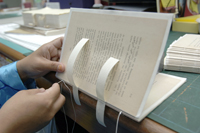
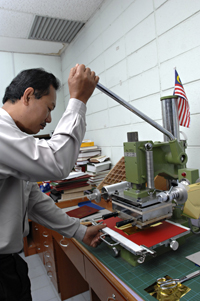
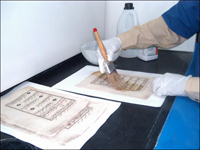
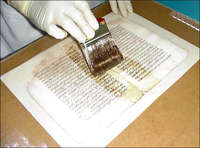
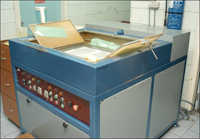



 03-2687 1700
03-2687 1700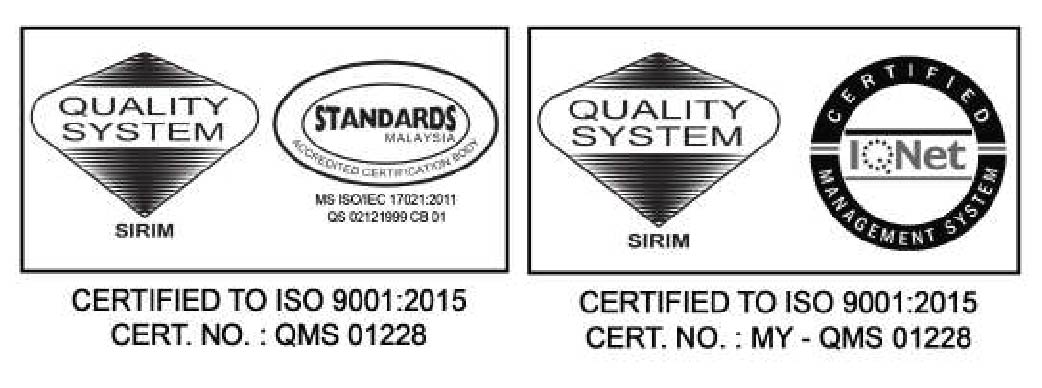
 Today
Today Last Week
Last Week This Month
This Month Total Visitor
Total Visitor